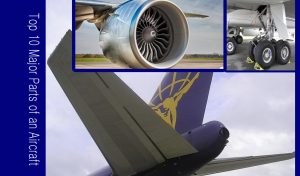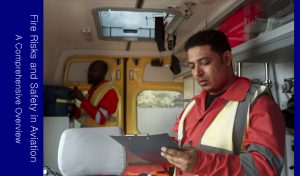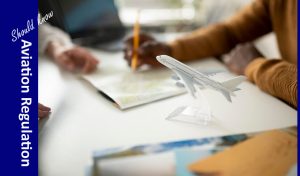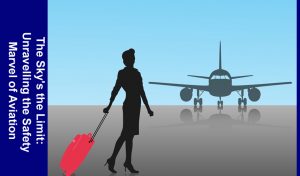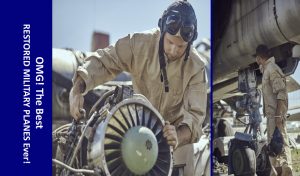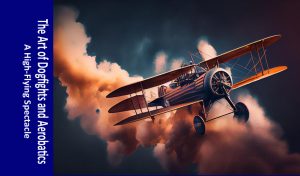How Do Planes Stay Safe Up in the Sky ? this question is very much common in most of the minds. Planes stay safe in the sky through a combination of advanced technology, rigorous safety protocols, and the expertise of pilots and air traffic controllers. Here are some key factors that contribute to the safety of commercial aviation.
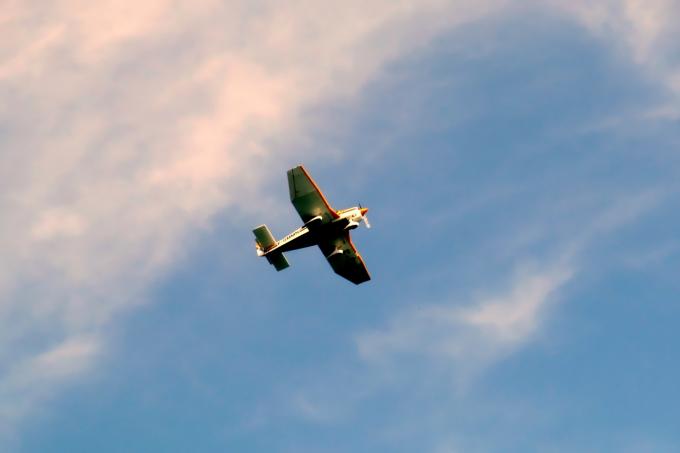
Aircraft Safety Demystified
Aircraft Design and Maintenance:
- Aircraft are designed with multiple redundancies to ensure safety. Critical systems like engines, hydraulics, and flight control surfaces have backup components to minimize the risk of failure.
- Regular maintenance and inspections are conducted to identify and address any issues before they become safety hazards. Airlines follow strict maintenance schedules and procedures mandated by aviation authorities.
Highly Trained Pilots:
- Pilots undergo vigorous training and are required to maintain a high level of competence throughout their careers.
- They receive simulator training to handle various emergency scenarios, adverse weather conditions, and system failures.
- Pilots also adhere to strict regulations and guidelines for flight operations.
Air Traffic Control (ATC):
- Air traffic controllers manage the safe movement of aircraft in the airspace and at airports. They provide instructions to pilots to maintain safe separation and prevent collisions.
- ATC personnel receive specialized training and use advanced radar and communication systems to monitor and direct air traffic.
Weather Monitoring:
- Meteorological services continuously monitor weather conditions and provide real-time updates to pilots and air traffic controllers.
- Aircraft are equipped with weather radar and other sensors to detect and navigate around adverse weather conditions.
Navigation and Communication:
- Aircraft are equipped with advanced navigation systems, including GPS, which help pilots accurately determine their position and course.
- Communication systems allow pilots to stay in contact with air traffic controllers and other aircraft, enhancing situational awareness.
Aviation Regulations:
- Strict regulations and standards are established by aviation authorities like the Federal Aviation Administration (FAA) in the United States and the European Union Aviation Safety Agency (EASA) in Europe.
- These regulations cover aircraft design, maintenance, pilot training, air traffic control procedures, and safety protocols.
Safety Culture:
- Airlines and aviation organizations prioritize safety as their highest concern. A strong safety culture encourages reporting of safety concerns and incidents, leading to continuous improvement.
Emergency Procedures:
Aircraft are equipped with emergency systems and equipment, such as life vests, oxygen masks, and evacuation slides, to ensure passenger and crew safety in case of emergencies.
Monitoring and Oversight:
Aviation authorities conduct regular inspections, audits, and safety assessments of airlines, airports, and maintenance facilities to ensure compliance with safety regulations.
Continuous Improvement:
The aviation industry continually learns from incidents and accidents to enhance safety measures and technologies.
In Conclusion-All of those factors work collectively to ensure the protection of air tour. The aviation enterprise’s commitment to protection, mixed with the information and professionalism of pilots, air traffic controllers, and protection personnel, makes flying one of the most secure modes of transportation.
